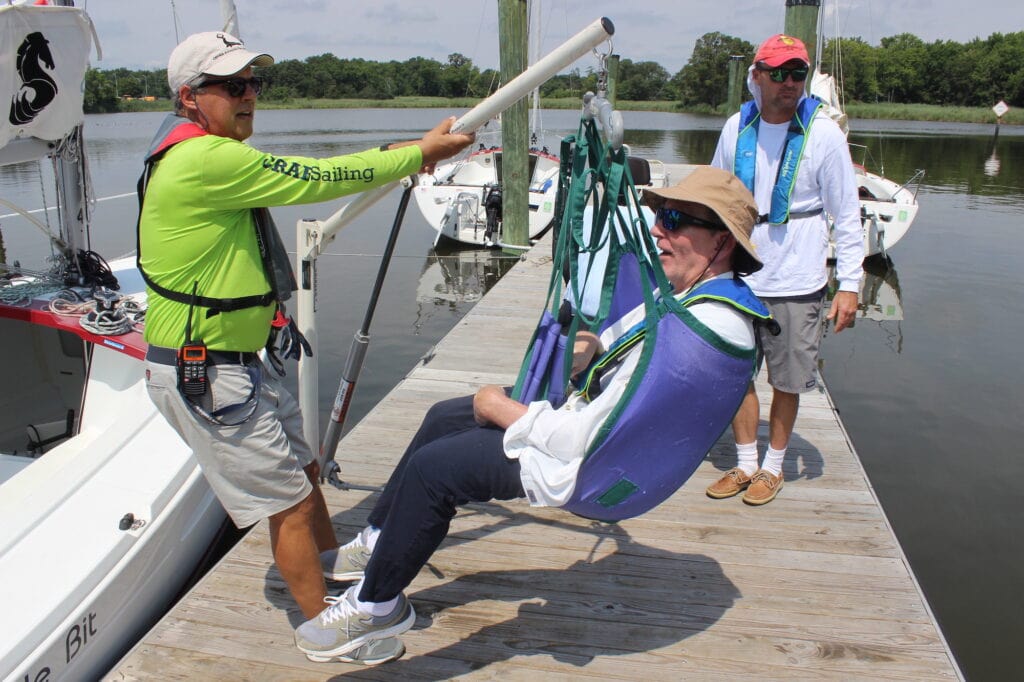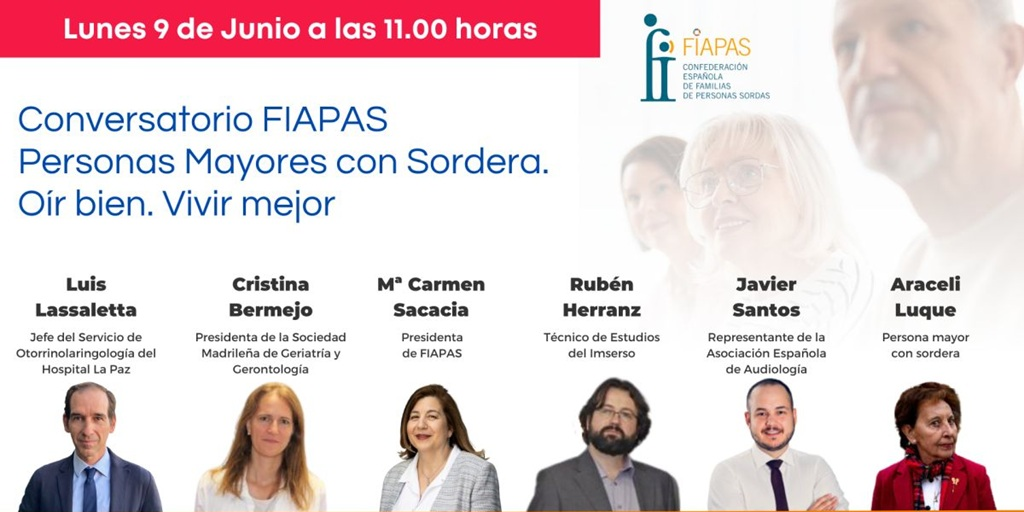
Nearly six years after embarking on the project, the nonprofit Chesapeake Region Accessible Boating has named a world-class accessible boating center that it believes sets the standard for organizations looking to expand access to therapeutic recreation for people with disabilities.
Located on less than an acre of land on the Chesapeake Bay in Annapolis, Maryland, the fully accessible facility is the first of its kind dedicated solely to adaptive boating. Offering visitors and their families the chance to sail on an accessible boat with a trained skipper and crew, Family Tours are free to anyone with a disability, their families and caregivers. «We’re not a community boating center that’s open to everyone, and part of it is handicap-friendly,» says Paul Bollinger Jr., CRAB’s executive director. «We are 100% focused on guests with disabilities, recovering warriors, and children in underserved communities.»
Building a better navigation facility
In early 2017, CRAB’s board of directors realized they had reached the limits of what they could offer at their original home at Sandy Point State Park in Annapolis, Maryland. Thus began the search for a site for the premier responsive navigation hub they had envisioned. Although they identified the location of their future home and signed a letter of intent to purchase the property within six months, it still took nearly three more years to obtain the necessary funding from state and local governments. Ultimately, the City of Annapolis purchased the property and leased it back to CRAB. In November 2020, after raising more than $6 million ($3 million public dollars and $3 million private funds), CRAB signed a 40-year lease to build, operate and maintain the facility.
From the beginning, CRAB’s goal for the project was a property that was fully accessible and also environmentally sustainable. To be a model for the country, CRAB set out to exceed the construction requirements of the Americans with Disabilities Act. The center’s 16-berth marina has space for six new Beneteau First 22A custom sailboats, a Martin 16 sailboat with a sip and puff steering system that allows a quadriplegic skipper to adjust the sails and move the rudder, and space for expand the fleet .

Instead of the required 3-foot-wide floating docks, CRAB opted for 8-foot-wide docks. These wider docks allow wheelchair users to drive to the dock, be hoisted with a custom-built Hoyer lift, and placed onto a sailboat or the center’s newly acquired Gemini Freestyle 399 Power catamaran that accommodates five wheelchair users. wheelchairs and guests. «Guests who don’t want to leave their wheelchairs can enjoy the Chesapeake Bay without ever getting out of their chair,» says Bollinger. “The ship is almost 130 square feet under a hardtop. It’s like a giant patio with a sunroof.»
If someone wants to use their own boat, they can make a reservation for trained staff to help them with the embarkation and disembarkation process. With more than 150 volunteers, including skippers, stevedores and support staff, CRAB goes beyond simply teaching people how to sail. “The guests do not go alone. They go with an expert skipper with decades of experience who is trained to navigate our boats and teach people with disabilities,” says Bollinger.
accessible services
On land, the newly built 2,600-square-foot learning center features an 18-foot wall of glass overlooking the creek and marina, as well as classroom and office space designed with an open, doorless layout that makes it ideal for wheelchair users. Outside of the center, the large lawn is ready for anything from sitting volleyball to outdoor movie nights. A concrete path ensures that wheelchair users can enjoy the space without getting stuck in the grass.

«People are amazed by our ships that have been customized to accommodate our guests, but when they come to see these facilities, they’ll feel like they’ve died and gone to ADA heaven,» says Bollinger. «My father-in-law said our problem will be that people won’t want to leave.» Bollinger and his team have created extra time between the sailing courses they offer, in case their guests decide to stay and enjoy lunch at one of their accessible picnic tables.
By paying close attention to detail, CRAB has made the adaptive navigation center a place its guests will want to return to again and again, according to Stephen Ritterbush, a CRAB board member and wheelchair user. “[Sailing] It is an activity that we hope will make something work within them and they want to continue”, he says. “From a personal point of view, for me it is a way of dedicating what little mobility I have to an outdoor activity.”
Ritterbush, who grew up in Chesapeake and owned his first boat at age 8, was devastated to think he would be unable to fish or sail after being paralyzed more than eight years ago. “Water has always been my church. I love being there since I was a child, ”he says. “This has allowed me to return to what I remember so fondly, feeling the wind in my face, the rudder in my hand. I found a way to grab it and spin a bit. I love that feeling.»

Despite the challenges they faced along the way, Bollinger envisions a bright future and serving an ever-increasing number of guests from across the country. “Last year we received 1,200 guests in six months. We expect to double and then triple that figure in the near future,” he says. “We work throughout the region, including Maryland, Pennsylvania, Delaware, North Carolina, Virginia and DC”
CRAB’s unrivaled new facilities and the determination that brought them to life are providing a role model for adaptive navigation advocates like Jamie McArthur. McArthur founded the KMAC Foundation in Southern California to honor the memory of his late son, Kyle, a passionate sailor. McArthur toured the new excavations this spring. «Without a doubt, the best adapted navigation facility I’ve ever seen,» he says. “They are organized, they are knowledgeable and they have fantastic boats. I was duly impressed. We’re trying to build something in San Diego, but we’re a long way from that.»
Looking back on the long and sometimes difficult road to bringing the new facility to life, Bollinger says he found strength by focusing on the end goal. He shared his own personal mantra that helped him get ahead. «It’s going to be built. It will open. Soon we will be serving people from this site who never ever thought they would get on a ship, never thought they would sail on a ship, never thought they could, but they do.»






